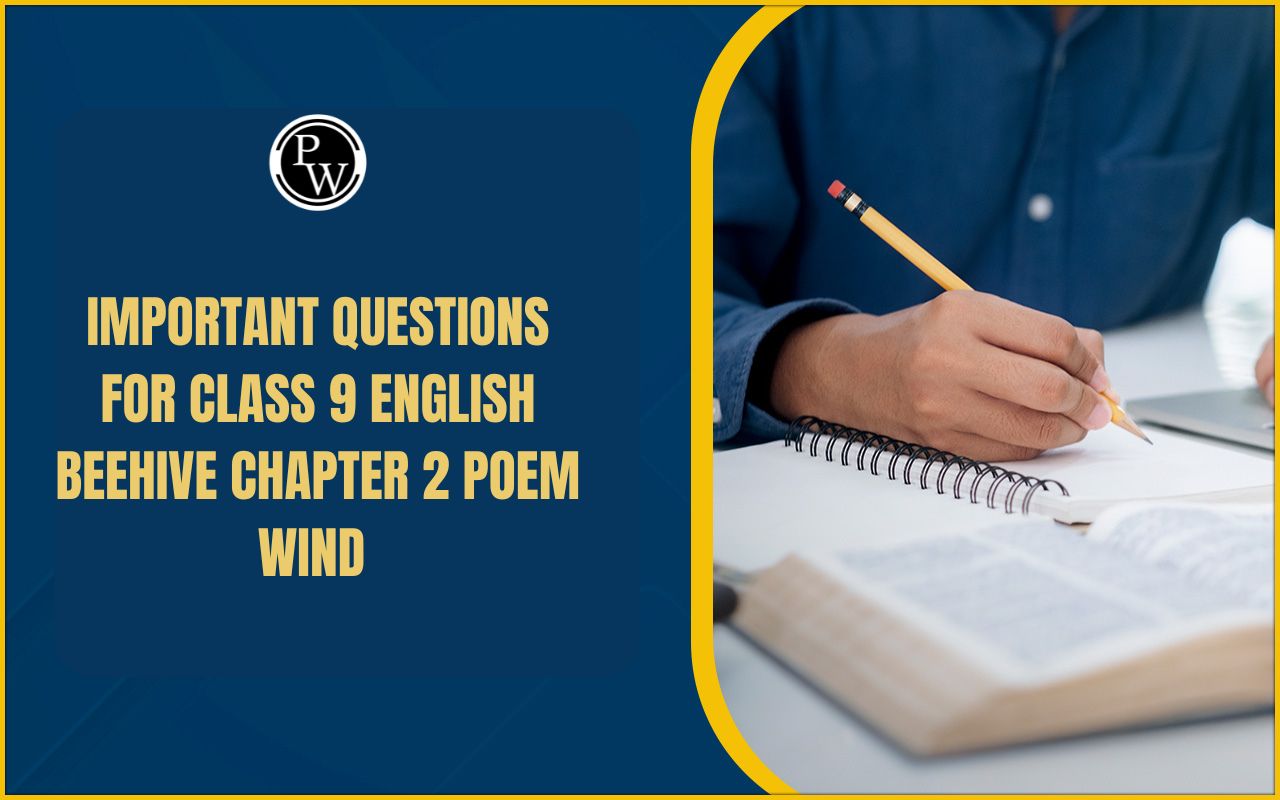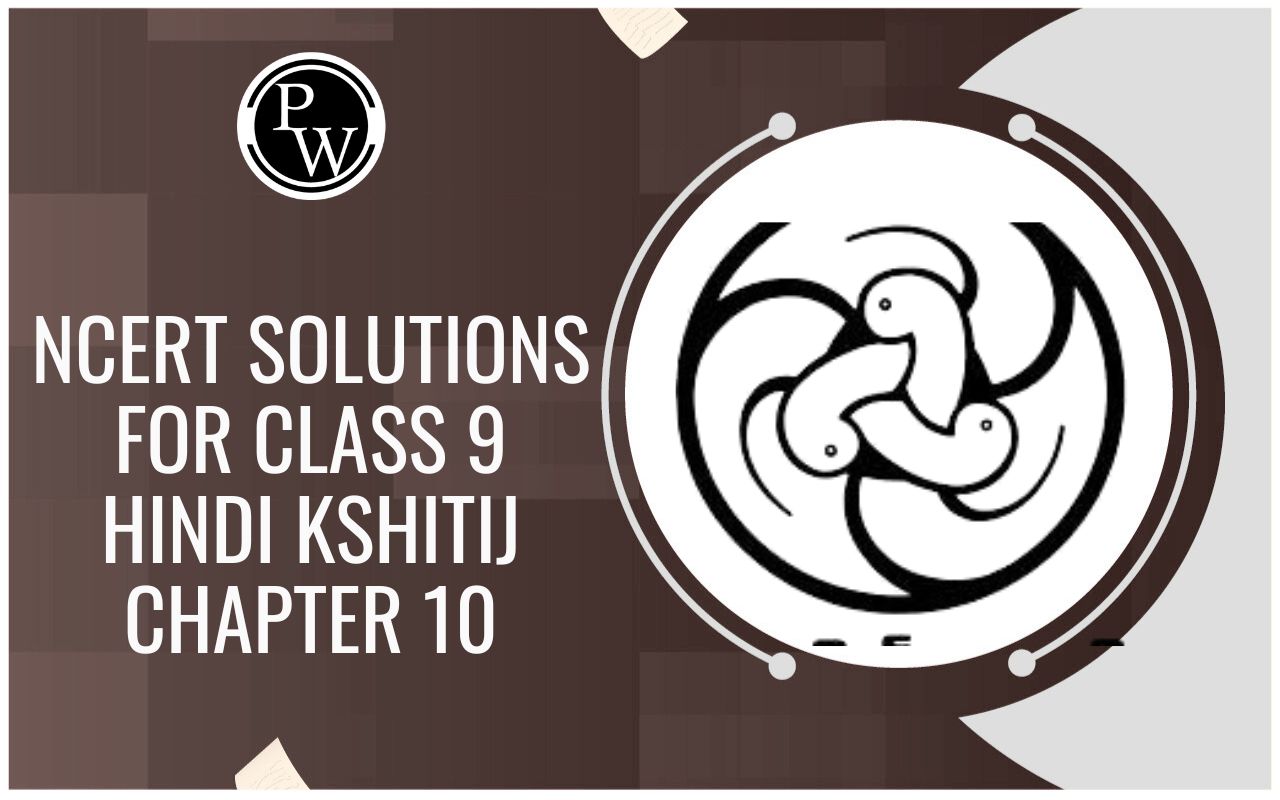

You've found the proper article if you were looking for information about Diapause .
We'll discuss the mechanism of diapause in this article. We will talk about the points of difference between diapause and hibernation. Then we will discuss the organisms that exhibit diapause. To get started, we'll take a quick look into diapause. After that, we will explain each phase of diapause. The purpose of this page is to provide the reader with a concise overview of menopause and any other relevant information. If you are unable to read the full essay, at the very least read the introduction and the important topics.Introduction
Diapause is a biological phenomenon that permits certain organisms to endure difficult environmental conditions by temporarily pausing their growth and metabolic activities. This allows the organisms to live longer and more successfully. It is a typical method employed by many species, including insects, crustaceans, and mollusks, to survive extreme conditions such as low temperatures, a lack of food, and extended periods of darkness. Some examples of these situations include: It is common for a confluence of environmental conditions, such as temperature, food supply, and photoperiod, to serve as the impetus for an animal to enter diapause; nevertheless, the reaction is extremely species-specific.Also Check - Diagram Of Neuron
The Mechanism of Diapause
The organism's metabolic rate drops dramatically when it is in the diapause phase, which enables it to save a large amount of energy and resources. This gives the organism a better chance of surviving until the conditions change and it can continue its regular growth. The amount of time spent in diapause as well as the degree to which it is experienced can vary widely depending on the species as well as the conditions of the surrounding environment; nonetheless, it typically continues until the organism detects that the conditions have improved. Diapause is an important adaptation that many animals have developed in order to improve their chances of survival. Because they have learned to conserve their energy and resources, organisms are better able to survive in harsh environments and emerge from periods of dormancy ready to develop and reproduce. In general, diapause is a complex process that has developed over the course of time to enable animals to live in harsh settings.Also Check - Diagram Of Heart
Difference Between Diapause and Hibernation
Both diapause and hibernation are strategies that certain species employ in order to survive in harsh environments; however, these strategies differ in terms of their objectives, the degree to which they suppress metabolic activity, the amount of time they spend in each state, and the ways in which they can be reversed.; nevertheless, there are several significant distinctions between the two, including the following:| Diapause | Hibernation | |
| Purpose | Some animal species enter a state of hibernation called diapause in order to survive harsh environmental conditions such as a lack of food, severe temperatures, or extended periods of darkness. | Hibernation, on the other hand, is predominantly a reaction to cold temperatures and is utilized by animals during the winter months when there is a scarcity of food in order to preserve energy and survive. |
| Metabolic Rate | During the period known as diapause, the metabolic rate of the organism experiences a severe slowdown but does not stop entirely. | As a result of the huge reduction in metabolic rate, which may go very close to zero during hibernation, the animal is able to conserve as much of its energy as is humanly possible. |
| Reversibility | In most cases, menopause may be reversed, and normal development can continue after the underlying issues have been resolved. | Hibernation, on the other hand, can be a longer-term approach and may take many days to weeks for the animal to fully emerge from its inactive state. |
| Duration | The length of time that an organism remains in a state of diapause can vary widely from species to species and from the environment to environment, but in general, it continues until the organism detects that the circumstances have improved. | On the other hand, hibernation can extend anywhere from a few weeks to many months. |
| Organisms | Diapause is a state that is frequently seen in insects. | The practice of hibernation is typical of higher animal species. |
| Examples | When winter sets in or when environmental conditions are unfavorable, monarch butterflies enter a state known as diapause. | A number of mammalian species, including bats, hedgehogs, and ground squirrels, are known to hibernate. |
Also Check - Diabetes Diet
Which Organisms Exhibit Diapause?
Diapause is a natural phenomenon that occurs in insects due to environmental factors like shifts in daylight, temperature, and the availability of food. Temperature and other influences of the environment do not remain constant throughout time, but once they do appear, it becomes impossible to manage them. Silk moths, often known as Bombyx mori , are good examples of insects that experience diapause. Diapause is a survival mechanism that is seen in a wide range of species, including but not limited to the following:- Insects : Many different kinds of insects, including ladybirds, stink bugs, and lacewings, go through a period of dormancy and diapause in order to survive in harsh environments when there is insufficient food or low temperatures.
- Crustaceans : Some crustacean species, such as brine shrimp and copepods, go through a period of dormancy in order to better withstand the severe circumstances that are present in the aquatic environment.
- Arthropods : During the embryological stage, numerous arthropods, including the southwestern corn borer, tobacco hornworm, and flesh fly, go through a period of diapause.
- Molluscs : Molluscs, which include species such as snails and clams, are able to endure poor environmental circumstances by going through a process called diapause.
- Fish : Some species of fish, such as carp and goldfish, enter a state of dormancy called diapause in order to survive in environments with various environmental factors, such as fluctuating temperatures or low oxygen levels.
Also Check - Dental Formula
Different Phases in Diapause
The phases of diapause can change according to the species and the circumstances of the environment, but they commonly include the following stages:Induction
Induction is the initial stage of the diapause process, and it is at this stage that the organism responds to environmental stimuli and starts to get ready for the diapause. Changes in behavior, metabolic rate, or physiological state may result from this.Preparation
The stage of the diapause process known as the preparation phase is the time when the organism responds to environmental stimuli in order to be ready for the diapause state. It is possible that the organism will alter aspects of its behavior, metabolism, or physiology while it is in this phase in order to adjust to the unfavorable conditions that are to come. For instance, the preparation phase may entail shifts in eating behavior or an increase in the synthesis of certain hormones in insects.Initiation
The beginning of the stopped development and metabolic arrest that characterizes the diapause stage is referred to as the initiation phase. During this stage, the organism is in the process of beginning the diapause. During this stage, the organism enters a dormant condition, during which its metabolism slows down, its activity level drops, and it becomes less active overall. Environmental signals, including shifts in temperature and light levels as well as the availability of food, are what set off the initiation phase of the life cycle. In insects, for instance, the initiation phase may be triggered by shifts in day length or temperature, whereas in plants, it may be triggered by shifts in moisture levels or other environmental factors. Moreover, the initiation phase may be triggered by a combination of these and other environmental factors. The duration of the initiation period, as well as its degree of severity, can be very different from one species to another and from one set of environmental variables to another. It may take longer for an organism of a different species to enter diapause because it may take longer for the initiation phase to begin in response to environmental stimuli.Maintenance
The organism enters a stage in which its development is halted and its metabolism is arrested as it transitions into the maintenance phase. Because of this, the creature is able to preserve its energy and resources and live on until the environment becomes more favorable.Termination
The onset of the termination phase signals the conclusion of the diapause and takes place when the organism becomes aware that environmental conditions have become more favorable. The normal course of development and metabolism has now been restored at this stage.Post-Diapause Quiescence
After the conclusion of the diapause stage, the organism enters the post-diapause quiescence stage. At this stage, the organism has emerged from a condition of stopped development and metabolic arrest, but it has not yet resumed normal growth and activity. The organism may still be in the process of adapting to the new environmental circumstances at this stage, during which it may be in a state of rest or reduced activity. In insects, for instance, the post-diapause quiescence stage may consist of a time of rest and eat before the beginning of the typical development and reproductive phases of the life cycle. Post-diapause quiescence may comprise a period of slow re-establishment of growth and photosynthesis in plant life. This may occur throughout the time after the diapause. The duration of post-diapause quiescence, as well as its level of intensity, can be quite variable depending on the species and the conditions of its habitat. For some species, this might be a short period of relaxation, while for others it could be a lengthy period of adjusting to their new environment.Diapause FAQs
What is the purpose of diapause?
Diapause is a state that organisms enter to increase their chances of surviving in unfavorable environmental conditions, such as when temperatures are extremely high or when there is a lack of food until such conditions improve.
What triggers diapause?
Environmental signals, such as shifts in temperature, light levels, or the availability of food, are what set off menopause in females.
How does diapause help the organism survive?
The organism is able to save energy and resources via the diapause, which increases its chances of surviving until conditions improve.
What are the different phases of diapause?
Induction, preparation, initiation, maintenance, termination, and post-diapause quiescence are the typical phases of diapause.
What organisms exhibit diapause?
The condition known as diapause is most frequently observed in insects; however, it can also be found in some species of crustaceans, fish, amphibians, reptiles, and plants.
Talk to a counsellorHave doubts? Our support team will be happy to assist you!

Check out these Related Articles
Free Learning Resources
PW Books
Notes (Class 10-12)
PW Study Materials
Notes (Class 6-9)
Ncert Solutions
Govt Exams
Class 6th to 12th Online Courses
Govt Job Exams Courses
UPSC Coaching
Defence Exam Coaching
Gate Exam Coaching
Other Exams
Know about Physics Wallah
Physics Wallah is an Indian edtech platform that provides accessible & comprehensive learning experiences to students from Class 6th to postgraduate level. We also provide extensive NCERT solutions, sample paper, NEET, JEE Mains, BITSAT previous year papers & more such resources to students. Physics Wallah also caters to over 3.5 million registered students and over 78 lakh+ Youtube subscribers with 4.8 rating on its app.
We Stand Out because
We provide students with intensive courses with India’s qualified & experienced faculties & mentors. PW strives to make the learning experience comprehensive and accessible for students of all sections of society. We believe in empowering every single student who couldn't dream of a good career in engineering and medical field earlier.
Our Key Focus Areas
Physics Wallah's main focus is to make the learning experience as economical as possible for all students. With our affordable courses like Lakshya, Udaan and Arjuna and many others, we have been able to provide a platform for lakhs of aspirants. From providing Chemistry, Maths, Physics formula to giving e-books of eminent authors like RD Sharma, RS Aggarwal and Lakhmir Singh, PW focuses on every single student's need for preparation.
What Makes Us Different
Physics Wallah strives to develop a comprehensive pedagogical structure for students, where they get a state-of-the-art learning experience with study material and resources. Apart from catering students preparing for JEE Mains and NEET, PW also provides study material for each state board like Uttar Pradesh, Bihar, and others
Copyright © 2025 Physicswallah Limited All rights reserved.











